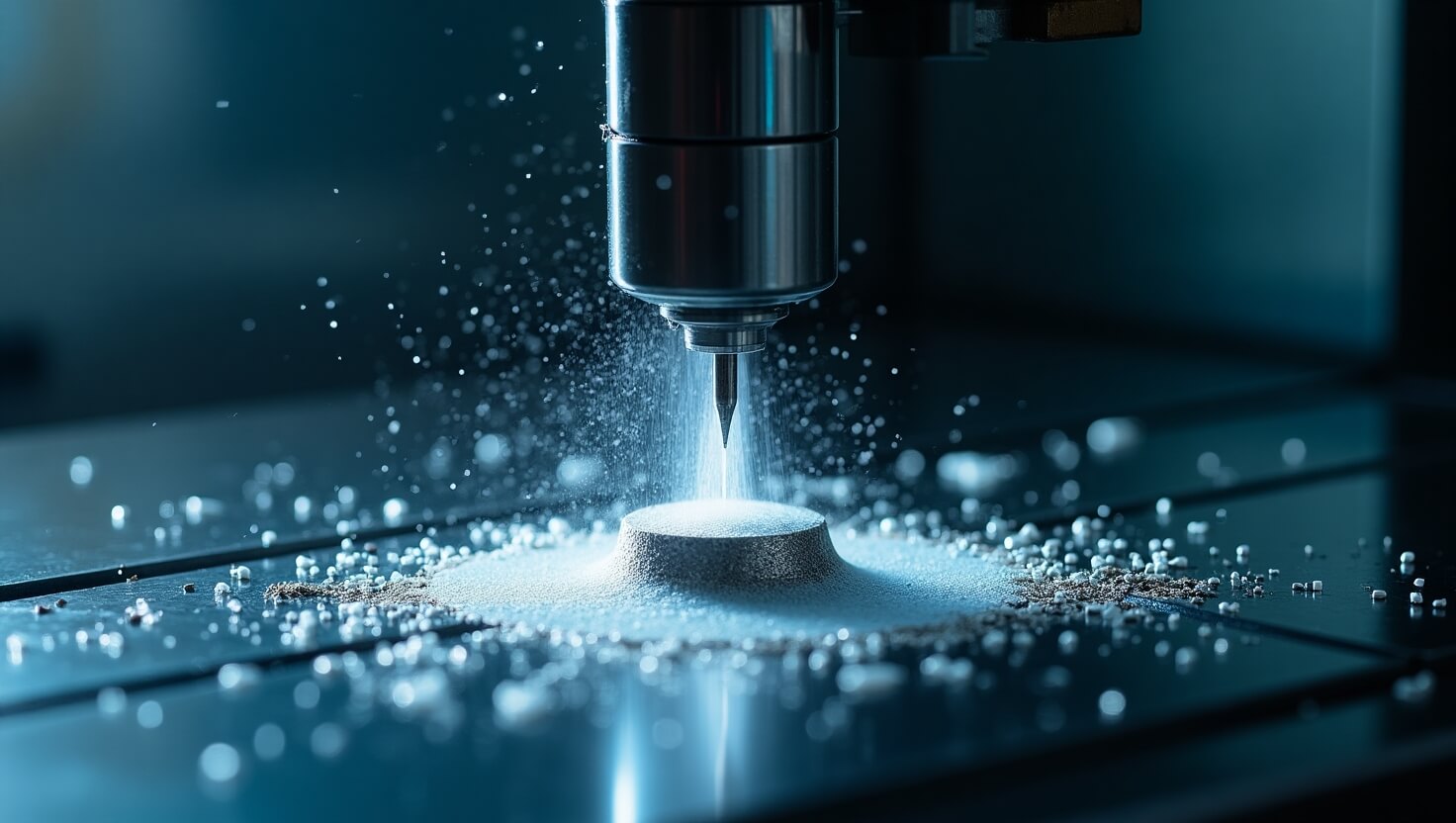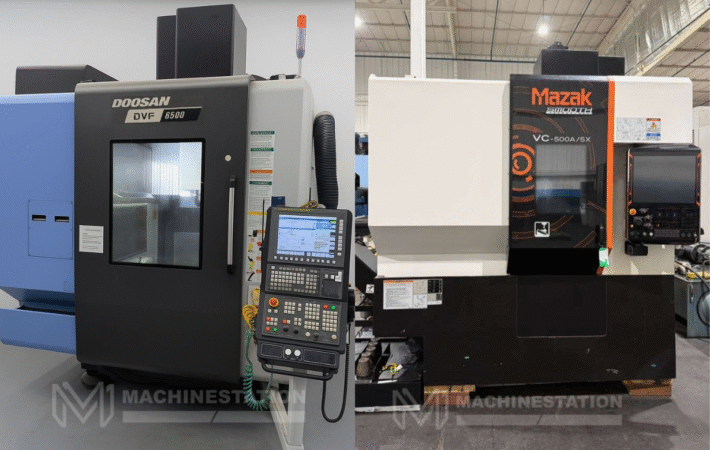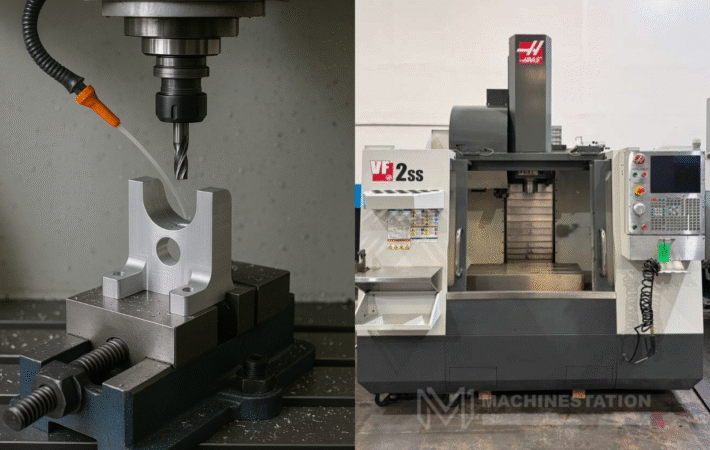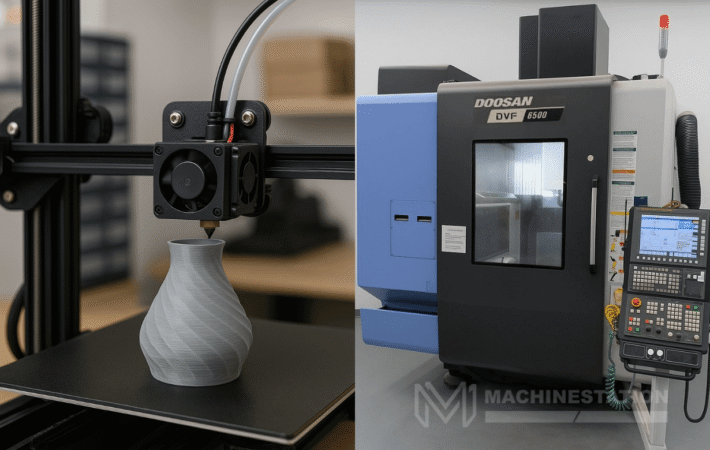CNC machines are manufacturing workhorses that have revolutionized the entire world of machining and manufacturing. Previously, a task that used to take hours can now be completed in minutes, thanks to the automation capabilities and high-speed machining features of CNC machines. But when machining works at this high speed, CNC machines tend to heat up a lot, and that heat can cause thermal deformation of the workpiece that is being machined. Therefore, coolant plays a crucial role in CNC machines, helping to maintain the heat generated within them. But different types of coolants can be used in CNC machines, but which one is applicable for your machining works is a question that needs an answer, and if you want to know the answer, then you need to read this blog till the end.
Role of CNC coolants:
Coolant has more benefits than just managing the temperature of the CNC machine during the machining process. Here’s a list of all of its advantages:
- Helps in reducing tool wear.
- Helps in bringing a better surface finish.
- Decreases the power consumption of the machine.
- Protects against corrosion.
- Helps in extracting the heat from both the workpiece and tool, which controls the overall temperature.
- Makes the chip evacuation process more efficient and seamless.
- Helps in generating less smoke and mist.
- Reduces the probability of thermal distortion of the product.
- The operator gets a clean cutting edge visibility.
- You get extended tool life.
Types of coolant used in CNC machines:
Different types of coolants are used in CNC machines depending on the work that they’re going to do or the material that is being machined. Here’s the list of types of coolants used in CNC machines:
- Water-soluble coolants: The first type of coolant is a soluble coolant, which is made by mixing (emulsifying) oil into water. The typical ratio ranges from 5% to 10% oil in water, with some added chemicals that help in fighting corrosion, bacterial growth, and foaming.
Pros of water soluble coolants:- It helps with top notch lubrication, which protects the tool from any kind of wear and tear.
- Helps with excellent heat removal due to water’s heat removal capacity.
- It is versatile and can be used for a wide range of materials.
- It has good chip evacuation capabilities.
- It is affordable and lasts longer.
Cons of water soluble coolants:
- There is a risk of growth of fungi or bacteria over time if not managed and maintained properly.
- It requires continuous and careful monitoring of pH and concentration.
- It can lead to corrosion if not diluted properly.
- Synthetic coolants: Synthetic coolants are made with zero oil; no petroleum oil is used for it, and are made totally out of synthetic chemicals. They have rust inhibitors and chemical lubricants in them, designed for maximum cooling. They are mostly used for high-heat, and high-velocity machining applications.
Pros of synthetic coolants:- Synthetic fluids have better microbial control and great resistance to rancidity.
- It leaves the minimum residue, which helps in the cleaning post-machining operations.
- They have superior cooling power, which reduces heat buildup during machining.
- Synthetic coolants last longer.
Cons of synthetic coolants:
- It is not as good as a lubricant like oil based coolants.
- It can lead to skin problems if the operator doesn’t handle it properly.
- They can generate fine mists or foam due to high agitation conditions.
- Semi-synthetic coolants: These are a hybrid of synthetic and soluble oils. They combine a small amount of oil, which can range between 2% to 35%, and the rest is water, emulsifiers, biocide additives, and other synthetic compounds. These semi synthetic fluids are usually translucent, and many of these have good heat sensitivity. ,br>Pros of semi synthetic coolants:
- They are excellent lubricants for moderate to heavy duty applications.
- Has better bacterial resistance than soluble coolants.
- They are more stable and long lasting.
- They provide better lubrication than pure synthetics.
Cons of semi synthetic coolants:
- The hard water can cause deposits or scums.
- These fluids foam easily because of their cleaning additives.
- Straight oil or neat coolants: These are 100% oil based coolants, with no water mixed with them. These can be made of different types of oil, like petroleum, vegetable oil, or mineral oils.
Pros of neat coolants:- Straight oil offers better lubrication.
- These coolants help in achieving a better surface finish.
- They are versatile and can be used for different kinds of materials.
- They have good chip flushing capabilities.
Cons of straight oil coolants:
- They don’t cool as effectively as water based coolants.
- They mostly need higher maintenance.
- Straight oil can cause adverse effects on the environment if not disposed of properly.
- Mist coolant: Last but not least is mist coolant. They are a fine spray of lubricant or a small amount of coolant mixed with air. This is mostly used in high-speed machining where minimal coolant is needed.
Pros of mist coolant:- They help in reducing coolant mess and waste.
- They are great for light duty machining.
- They have lower coolant costs and are also environmentally friendly.
Cons of mist coolant:
- They are not suitable for heavy cuts.
- They cannot give high lubrication.
Best practices to maintain your coolant:
Here are some of the best practices that you can follow to maintain your CNC coolant:
- Continuously monitor for bacteria and odors.
- Check the concentration and pH every week.
- Replenish additive as per manufacturer.
- Keep the coolant, avoid any kind of smog or mist exposure.
- Remove tramp oils from time to time.
- Filter out chips after the operations.
- Replace or disinfect the full sump when degraded.
Conclusion:
CNC coolants are an important part of the CNC machining process; without proper lubrication and cooling, there can be major accidents or at least material deformation due to extensive heat. Also, a lack of lubrication will lead to dangers to the tool life. So, it is very important to have the right coolant and maintain it correctly, and if you are looking to buy budget friendly CNC machines, then you can check our collection of used CNC machines on sale.






